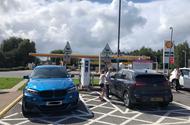The Kia e-Niro meets a diesel BMW X6 in an electric charging bay
Nice people, stupid people, Tesla lovers, strokes of marketing genius and the highs and lows of the charging network
Earlier this year, as part of a long-term test review, I had six months to discover just how good the Kia e-Niro is. But as the time neared its end, it became apparent that the car’s real-world 250-300-mile range meant I hadn’t driven anywhere that necessitated the use of the UK’s public charging network.
So it was that I took the plunge, adding further jeopardy by making this pioneering journey with my entire family in tow, off on our summer holidays to West Wales.
At worst, I wouldn’t return just on a flatbed truck but also divorced and with children who no longer wanted to know me.
The challenge was complex, because we needed to travel to and from Wales on the motorway networks, whereas we would be looking for every kind of charger available while we were there, from rural public spots to those provided by local car dealers and even, on occasion, three-pin plugs where we were staying.
However, 800 miles later and with two journeys of more than 250 miles under our belts, we were back home and still on speaking terms. It took some planning and there were fleeting moments of inconvenience and lost time, but it worked out just fine, a few ultimately minor dramas aside.
Here, then, are some of the lessons learned from a trip that proved to me once and for all that the capability of today’s EVs and charging network make the switch from a petrol or diesel car far easier than most people imagine.
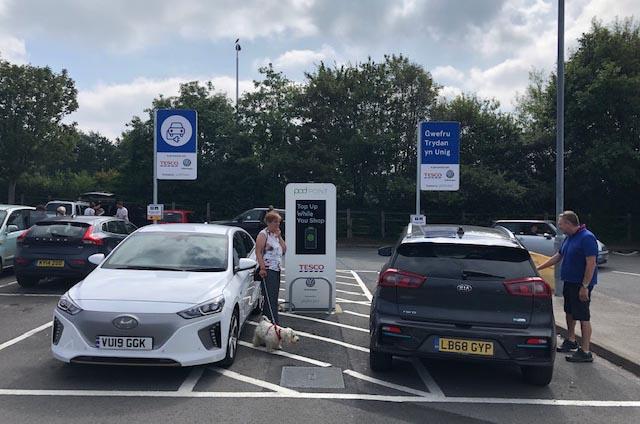
1. Electric car people are nice people
I’ll be honest, I had my doubts. Social media is awash with virtue-signalling EV evangelists who jump at the chance to strike out at anyone who dare suggest even the slightest compromise of electrification. But everyone I met in an electric car was friendly, helpful and informative, and many went out of their way to help and educate me. This is the kind of advocacy needed to persuade anyone with doubts to switch to electric motoring, and it was a joy to discover a positive subject that bound people together in a common goal.
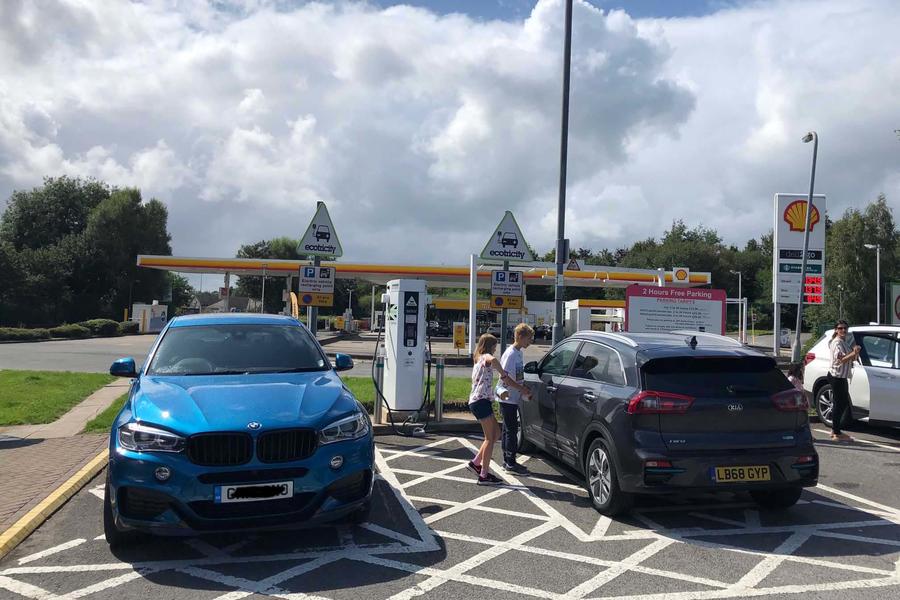
2. Some people can’t help behaving like idiots
Based on my journey, ‘some people’ is actually mostly made up of BMW drivers. The chap who parked his diesel X6 in a charging bay and left its engine running for 20 minutes? Idiot. The BMW 5 Series plug-in hybrid buyer who dropped it in a charging bay but then got ticketed because he wasn’t smart enough to plug it in? Bigger idiot. The only upside was that they weren’t using disabled bays, I guess.
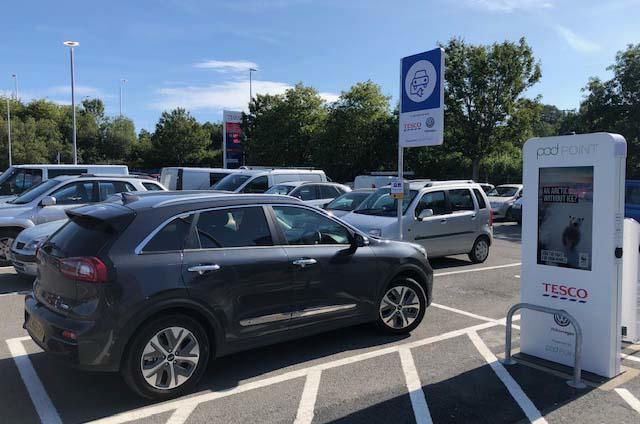
3. The Tesco/Pod Point/Volkswagen tie-up is a stroke of genius
Parked up in Tesco in Cardigan taking on a quick top-up, I must have encountered close to 100 shoppers wanting to know what I and my Hyundai Ioniq-driving neighbour were up to. It helps, of course, that there are big signs and a video screen to catch the attention, but for most people I spoke to, it was the prospect of free fuel that had them intrigued and – from the quality of the questions – off to research more about electric cars. Greater news for EV uptake, even greater news if you’re about to launch the ID 3.
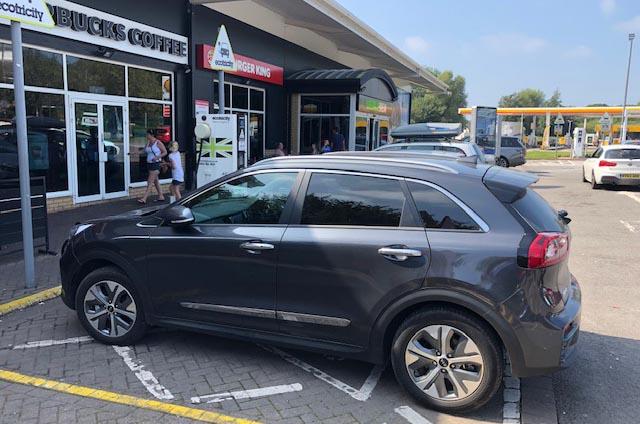
4. 7kW charging on the motorway is useless
You don’t need big energy to charge overnight at home, but it’s all you want when you’re trying to get somewhere. Incredibly, I encountered numerous motorway outlets that could only trickle around 20 miles of range into the car in the maximum 45 minutes of charging allowable. That’s nigh-on useless and underlines that as well as expanding the network, providers must focus on upgrading it where appropriate.
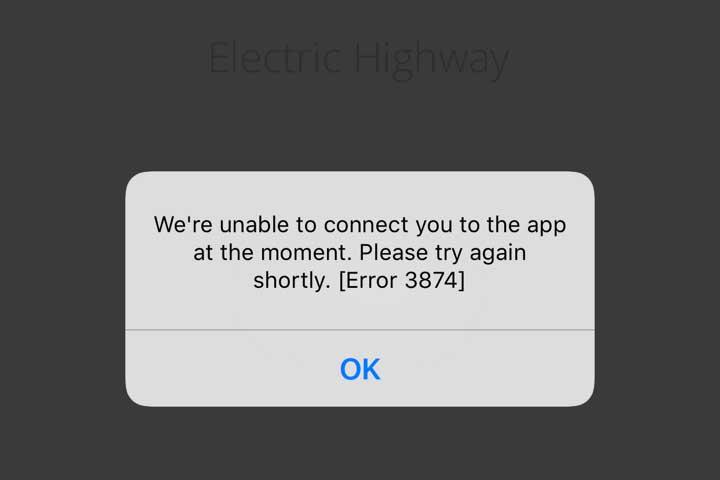
5. Ecotricity’s motorway network needs urgent improvement
I have pondered over naming and shaming, but the weight of evidence against Ecotricity is overwhelming, both from the fact that my only disrupted or failed charges came at its hands and the catalogue of complaints online. The company isn’t without its positives, but it’s regularly providing the sort of experiences that would put off many people from making the switch to an electric car and prompt hugely damaging headlines. If it won’t improve its act, someone else should be asked to step in.
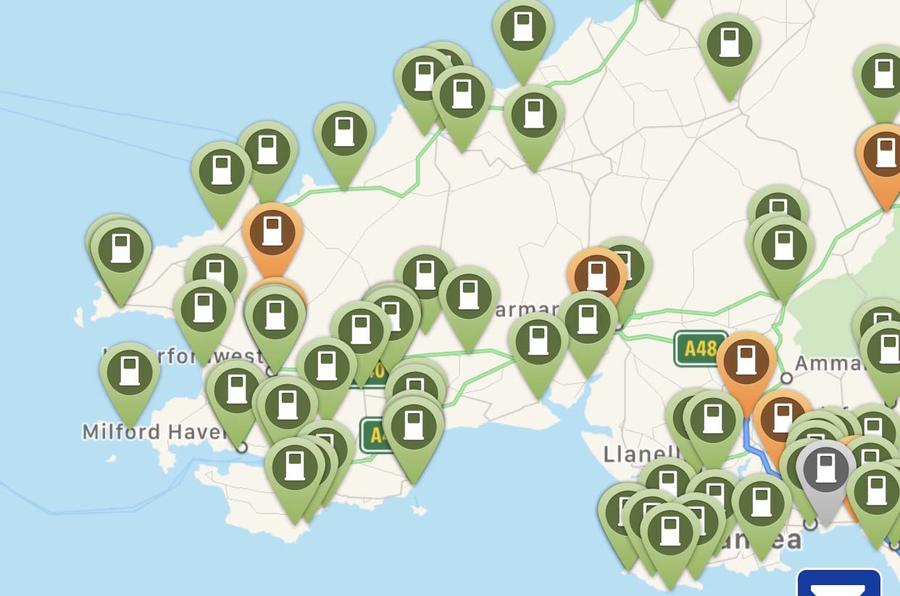
6. Planning ahead isn’t that hard – but it helps to do it
It sounds obvious, but if you’re like me, the only planning you’ve thought about ahead of long trips previously is trying to avoid rip-off motorway prices. Driving an electric car requires more care, but not much, and of course you get better with experience. There are apps to tell you where chargers are, how fast they charge, whether they’re working and whether they’re available to use. Even if you hate planning ahead, you’re looking at five minutes of homework.
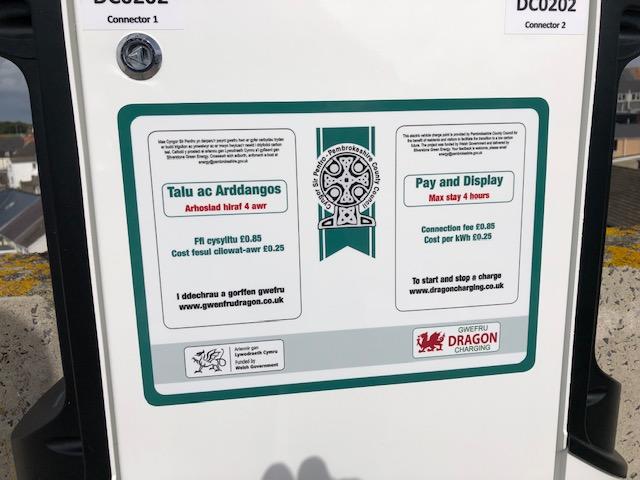
7. Charging needs to be simpler
That said, the infrastructure providers and legislators need to bang their heads together fast. I was delighted to discover a Welsh Government initiative trying to pull together the mishmash of providers under an umbrella scheme, so that users could access all the chargers using one app or card, rather than having to sign up to a patchwork of providers. Rumour has it there are more than 50 providers in the UK; someone needs to get the patchwork working together or make contactless payment easier, becuase it’s not unreasonable for people to reject anything that makes life harder.
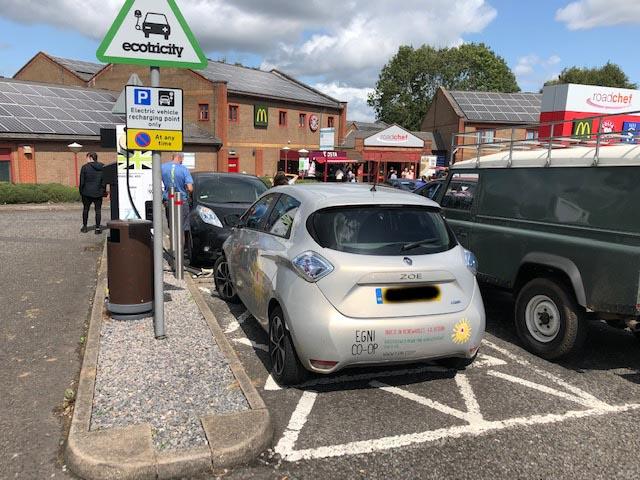
8. Range doesn’t just get you from A to B, it gives you options
For all the headlines about there being more chargers than fuel stations in the UK now, one of the electric car owner’s biggest fears must be crawling up to a charger only to discover it’s either busy or broken. It actually happened to us, but whereas the 100-or-so-mile Nissan Leaf and Renault Zoe owners were trapped in line, we could motor on to the next set of chargers. If you’re buying, don’t just consider what’s enough, consider what will give you freedom whatever the circumstances.

9. Everyone wants a Tesla
Every car maker is either launching or developing a so-called Tesla-killer, yet it only takes half a day on the road to realise just how lazy a line that is. Yes, Tesla has many issues to overcome and yes, it faces mounting opposition from the establishment, but be in no doubt that it remains the maker of the most desirable electric cars on the planet today, as well as garnering something of a cult status among children, the next generation of car buyers. It’s far from a perfect car company, but write it off at your peril. The Supercharger network is a major bonus, too.
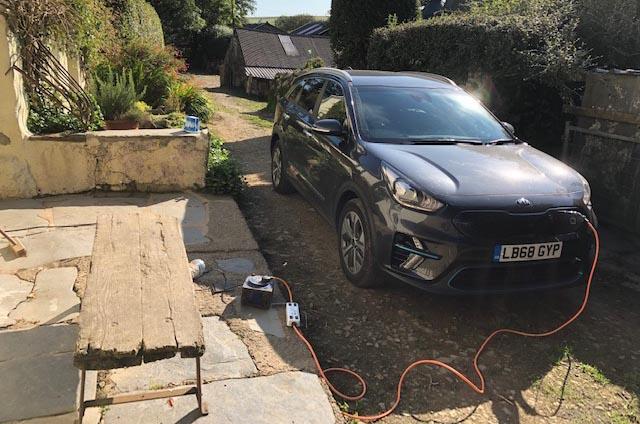
10. Don’t underestimate the three-pin plug
It’s a crime that some car makers sell electric cars without the choice of what kind of cable you get with it. My advice would be to have both fast/rapid and three-pin options, as supplied by Kia. The latter may take days to fill a car like the e-Niro from empty to full, but it’s a great way to top up in remote locations and earn a few more options for where you can get to once you get going again.

11. The cars and the charging infrastructure are good enough today
I know there’s a mountain of obstacles still to overcome, but the number of mainstream media articles showing long-distance electric car journeys ending in disaster, prompting widespread disbelief at how the country will never be ready to switch, are nonsense. I know it’s possible because I did it and met tens of drivers who’ve happily taken on far more ambitious journeys without issue. Cars like the e-Niro with 250-plus miles of real range transform the capability, and there are more than enough performing chargers out there to keep most people moving. It’s not for everyone, I know, but I truly believe that for most of the people, most of the time, switching would be no barrier to their lives as they know them today.
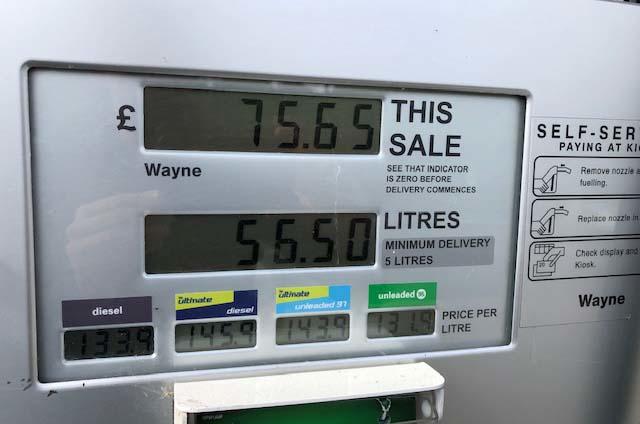
12. Don’t forget what you’ve forgotten
As I write this, the e-Niro has gone to find a new owner, its loan having ended a week ago. Yesterday, I took my new test car – a perfectly brilliant diesel-powered seven-seat SUV – for its first fill. I’d forgotten how dirty fuel pumps are, how much time you end up spending at them and – above all – how expensive they are, to the extent one 500-mile tank cost me £75. That’s precisely half what I estimate the e-Niro to have cost me over 10,000 miles, thanks to my access to some free and much relatively cheap home charging. Charging sounds a faff, and it can be, but 99% of the time I plugged in and forgot about it until it was time to get in the car again. That is an infinitely preferable experience to going to a fuel station and parting with wads of cash.
Read more
EVs need paying and charging conformity, says top charger maker
Source: Autocar
